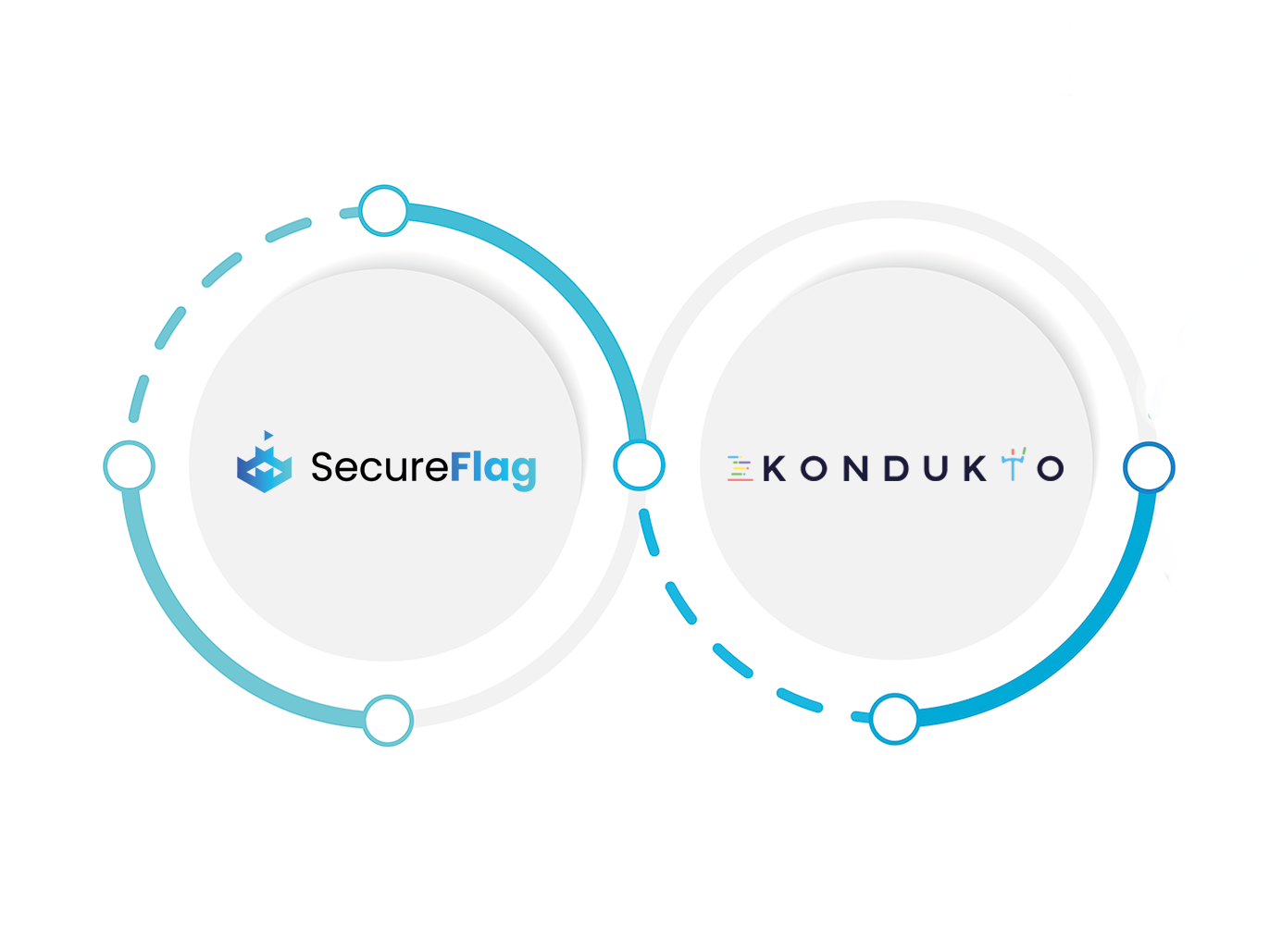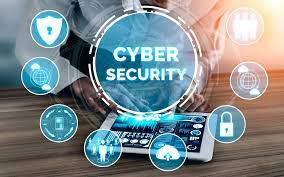With the continued rise of cyber threats against the global digital ecosystem, it is crucial for businesses to improve their security practices. The Open Web Application Security Project (OWASP) Top 10 is a list of the most critical web application security risks that all developers should be aware of. OWASP top 10 compliance should be at the top of your priority list.

In this blog post, we will discuss how businesses can not only master the OWASP Top 10 but comply with current and incoming regulations through secure coding training and hands-on labs.
What Is The OWASP Top 10?
The OWASP Top 10 is a list of the most common web application security risks. It includes vulnerabilities that attackers often exploit to compromise web applications and steal sensitive data. The list of the OWASP Top 10, last updated in 2021, is as follows:
- Broken Access Control
- Cryptographic Failures
- Injection
- Insecure Design
- Security Misconfiguration
- Vulnerable and Outdated Components
- Identification and Authentication Failures
- Software and Data Integrity Failures
- Security Logging and Monitoring Failures
- Server-Side Request Forgery (SSRF)
Businesses need to tackle the risks associated with the OWASP Top 10 and implement measures to prevent these vulnerabilities from being introduced into the Software Development Life Cycle (SDLC) and exploited.
How to comply with The OWASP Top 10
OWASP top 10 compliance involves mastering the practices through understanding, training and implementation.
Knowledge and understanding
It is vital that you first familiarize yourself with the vulnerabilities laid out in the OWASP top 10, where the most critical application security risks are outlined. This is your first step to mitigation. Extend this knowledge by learning about common exploitation techniques, to gain a better understanding of prevention.
Implement secure coding practices
One of the most effective ways to achieve this is through secure coding training. OWASP top 10 compliance is going to be cemented when you implement secure coding practices within your web applications. Start this process with a reputable secure coding training platform. This enables you to identify exposures in a virtual environment and learn how to effectively and securely mitigate or remove them. This means you have all the information available in one place, you can learn by doing, reduce risks in a safe environment where you can test and enhance your learning and techniques.
Test and review
Keeping your web application secure, and remaining compliant with the OWASP top 10, will require that you regularly conduct tests and secure code reviews.
Keep your knowledge and skills up to date
If you continue to use secure code training platforms to help you stay up to date with your knowledge and skills, you can be confident in your OWASP top 10 compliance across your web application projects.
Why Is Secure Coding Training Important?
Secure coding training is essential for businesses that want to protect their web applications from attackers. Developers need to be able to identify security exposures and be proficient in defensive programming techniques to prevent vulnerabilities from being coded in the first place.
Training developers on secure coding practices helps businesses to:
Reduce the risk of vulnerabilities
Developers who are trained on secure coding practices are more likely to write secure code, reducing the risk of vulnerabilities in applications.
Improve compliance
Compliance with regulations such as GDPR, HIPAA, and PCI DSS requires businesses to implement secure coding practices. Training developers on these practices can help businesses achieve compliance with regulations.
Increase customer trust
Customers trust businesses that take security seriously. By prioritizing training, businesses can demonstrate their commitment to security and gain the trust of their customers.
The Importance Of Hands-on Labs
While theoretical training is a good start, hands-on labs are essential. Hands-on labs give developers the opportunity to apply the knowledge they have learned in a real-world scenario. This helps developers to:
Understand the impact of vulnerabilities
Hands-on labs allow developers to see the impact of vulnerabilities and understand how attackers might exploit them.
Practice secure coding techniques
Hands-on labs give developers the chance to practice secure coding techniques, making them more confident in their ability to write secure code.
Learn from real-world breaches
Training with real-world problems in hands-on labs provides an immersive learning opportunity. Developers learn how to remediate existing vulnerabilities and prevent vulnerabilities from being introduced in the future.
SecureFlag’s platform provides hands-on secure coding labs for more than 40 programming languages, infrastructure, and cloud technologies, making it the perfect solution to master the OWASP Top 10. The platform hosts labs that train Developers, Cloud, DevOps, and QA engineers how to implement secure software in real, virtualized environments.
The OWASP Top 10 is a list of the most critical web application security risks that software faces. To master and comply with the OWASP Top 10, incorporating secure coding training into the Software Development Life Cycle (SDLC) is essential. This will enable Developers to identify and mitigate security risks early in the development process.
SecureFlag helps organizations integrate secure coding training into their SDLC, making it easier to create a culture of security within the organization and improve overall resilience. Do not hesitate to contact us to book a free demo today!


